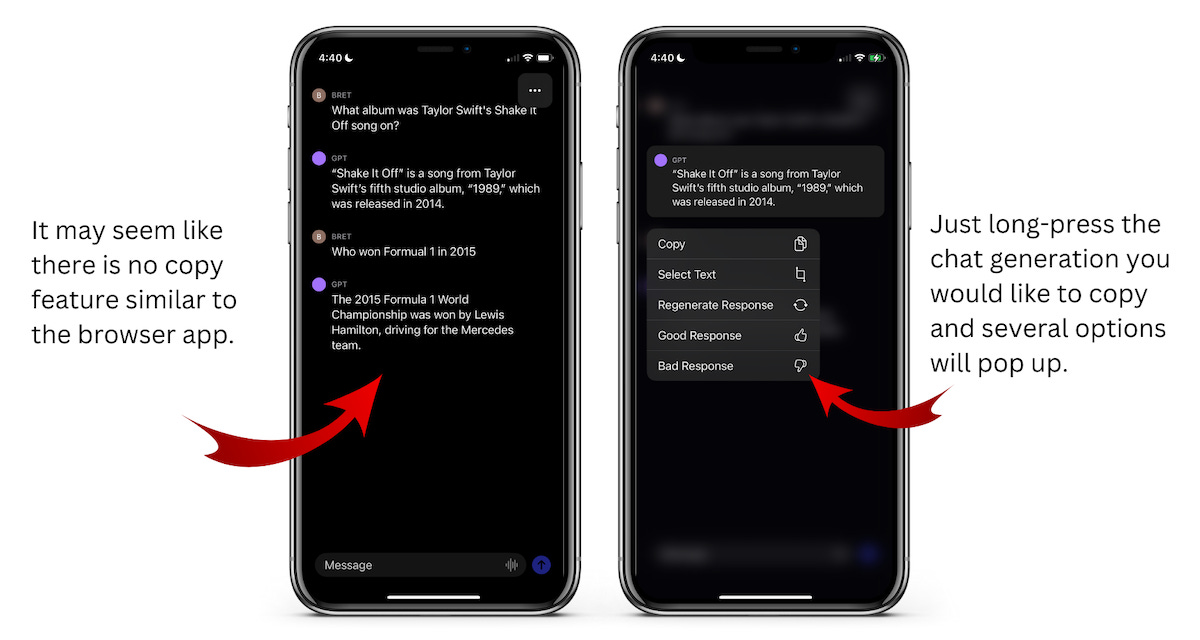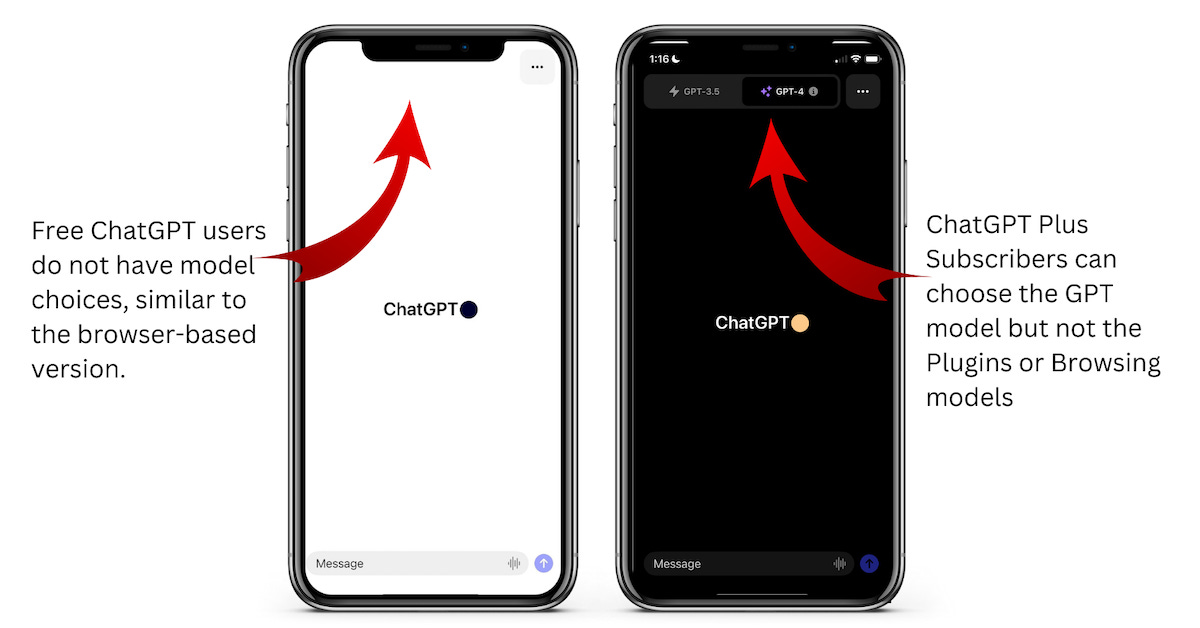ChatGPT's iOS App Just Launched - First-Look Video Demo and Key Highlights
What's there and what's missing!
A few hours ago, OpenAI launched the ChatGPT iOS App for iPhone users. This has been beta testing since at least January when we initially covered the leaked news. It is definitely more refined than the beta phase app but remains a simple interface in line with the browser experience.
The blog post announcing the launch mentioned that it synchs your experience across devices and uses the Whisper speech recognition model to enable speech recognition. I also mentioned that an Android app will be coming soon.
The ChatGPT app is free to use and syncs your history across devices. It also integrates Whisper, our open-source speech-recognition system, enabling voice input. ChatGPT Plus subscribers get exclusive access to GPT-4’s capabilities, early access to features and faster response times, all on iOS.
…
P.S. Android users, you're next! ChatGPT will be coming to your devices soon.
Voice Debuts in ChatGPT Mobile App
The video above is my quick demonstration and review of the new app. I go through the newest feature, which includes voice input for prompts. OpenAI’s Whisper speech recognition model powers the speech-to-text input. This is long overdue in the browser app. If you are typing on the desktop, it is a minor inconvenience. For people using ChatGPT through the browser on mobile, text-only input is a drawback in many situations. The mobile app addresses this gap.
One more point on the voice input. I could not get this to work for the first several attempts. A dialogue box kept appearing that said, “There was an unexpected error. (API.API.AIError, 0).” It would enable me to retry the transcription, but it just kept producing the error.
After I closed the app twice and tried it again, the feature began working. So, if you face that error, try the number one fix for most software issues. Reboot the app!
What’s Not in the ChatGPT Mobile App
For the most part, the ChatGPT mobile app replicates the limited number of features available in the browser app. You can see your chat history, change your settings, or enter a prompt.
The key missing feature is access to the new Browsing and Plugin models. If you are a ChatGPT Plus subscriber, you can choose whether to use the GPT-3.5 or GPT-4 models on the top of the screen, but there is no place to activate browsing and plugins. I assume this will come in a future release.
By the way, I was initially unsure whether the “copy” feature was available in the mobile app. It is there. All you need to do is long-press the part of the chart you would like to copy, and it offers five options: “copy,” “select text,” “regenerate response,” and the rating options of “good response” and “bad response.”
Copying and selecting text will be important features for mobile users. It was good to see how easy these features are to activate.
Differences for Free and Plus Users
The only difference the Synthedia team could find between free users and ChatGPT Plus subscribers is the model selection option. Free users, by default, use the GPT-3.5 model and don’t have a choice in the mobile app or browser version. Plus subscribers can choose the GPT-4 model.
Incremental Alignment
The introduction of mobile apps should increase ChatGPT usage. This is a better interface than using a browser on mobile. The biggest use case will surely be social media posting and composing text messages since they represent a large percentage of smartphone activity. We saw some foreshadowing of this on South Park in March. If you haven’t seen the video or heard the story, click the image below to go to the Synthedia post.
And let me know what you think about ChatGPT as a mobile app in the comments. Will you use it more? Will you use it differently?






![ChatGPT Plugins Alpha - Conversational Commerce, Images and UX Issues [VIDEOS]](https://substackcdn.com/image/youtube/w_728,c_limit/6wDuaEDDZck)